Running is more than just a sport; it’s a lifestyle, a passion, and an excellent way to stay fit. However, for many runners, particularly those who need orthotics, finding the right footwear can be a challenging task. The right pair of running shoes can make a world of difference in comfort, performance, and overall foot health. In this guide, we will explore the best running shoes for orthotics, taking into account the experiences of real users, case studies, product highlights, and essential tips to help you find your perfect pair.
Understanding Orthotics and Their Importance
What Are Orthotics?
Orthotics are custom-made or over-the-counter shoe inserts designed to support the foot, correct an abnormal walking pattern, and alleviate pain associated with various foot conditions. Whether you suffer from flat feet, plantar fasciitis, supination, or other foot-related issues, orthotics can provide the necessary support and alignment to enhance your running experience.
Why Orthotics Matter for Runners
Running with improper support can lead to a myriad of problems, including shin splints, knee pain, and even stress fractures. Orthotics help distribute weight evenly across your feet, providing the cushioning and stability needed during runs. For runners with specific foot issues, orthotics can mean the difference between enjoying a run and dealing with continuous discomfort.
Key Features to Look for in Running Shoes for Orthotics
Adequate Space for Orthotics
When selecting running shoes for orthotics, it’s crucial to choose a pair that offers enough space in the midsole to accommodate the inserts. A shoe that is too tight may flatten your orthotics, negating their effectiveness.
Cushioning and Support
A well-cushioned shoe can absorb impact and reduce stress on your joints while running. Look for shoes that provide ample cushioning without compromising support, ensuring that your orthotics work in tandem with the shoe’s structure.
Breathability
Running generates heat, so it’s vital to have shoes with good ventilation. Breathable materials will keep your feet cool and dry, preventing blisters and discomfort during longer runs.
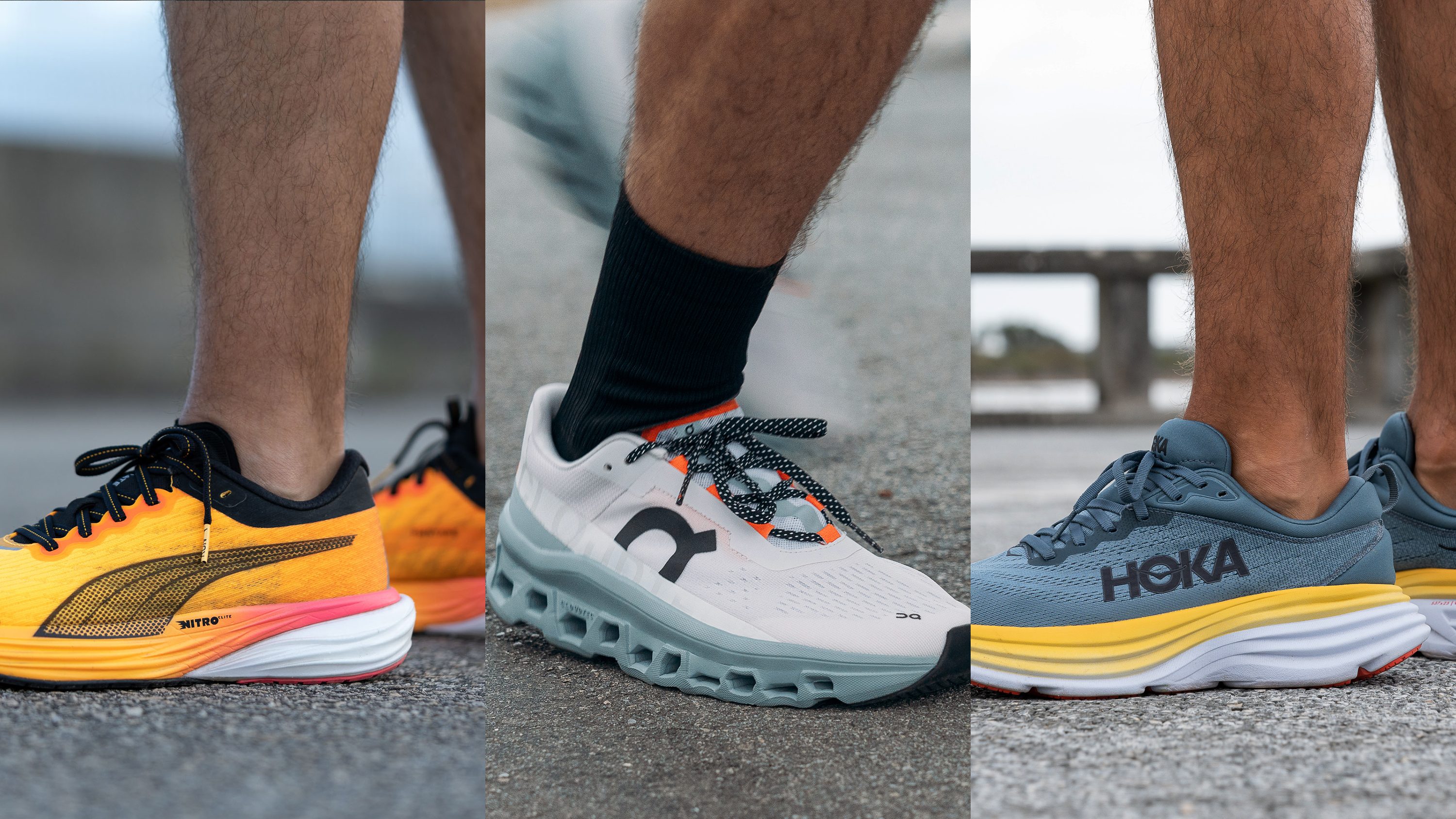
Durability
Investing in durable shoes means you won’t have to replace them frequently, which is especially crucial if you’re using orthotics. Look for shoes made from high-quality materials that can withstand regular wear and tear.
Top Running Shoes for Orthotics
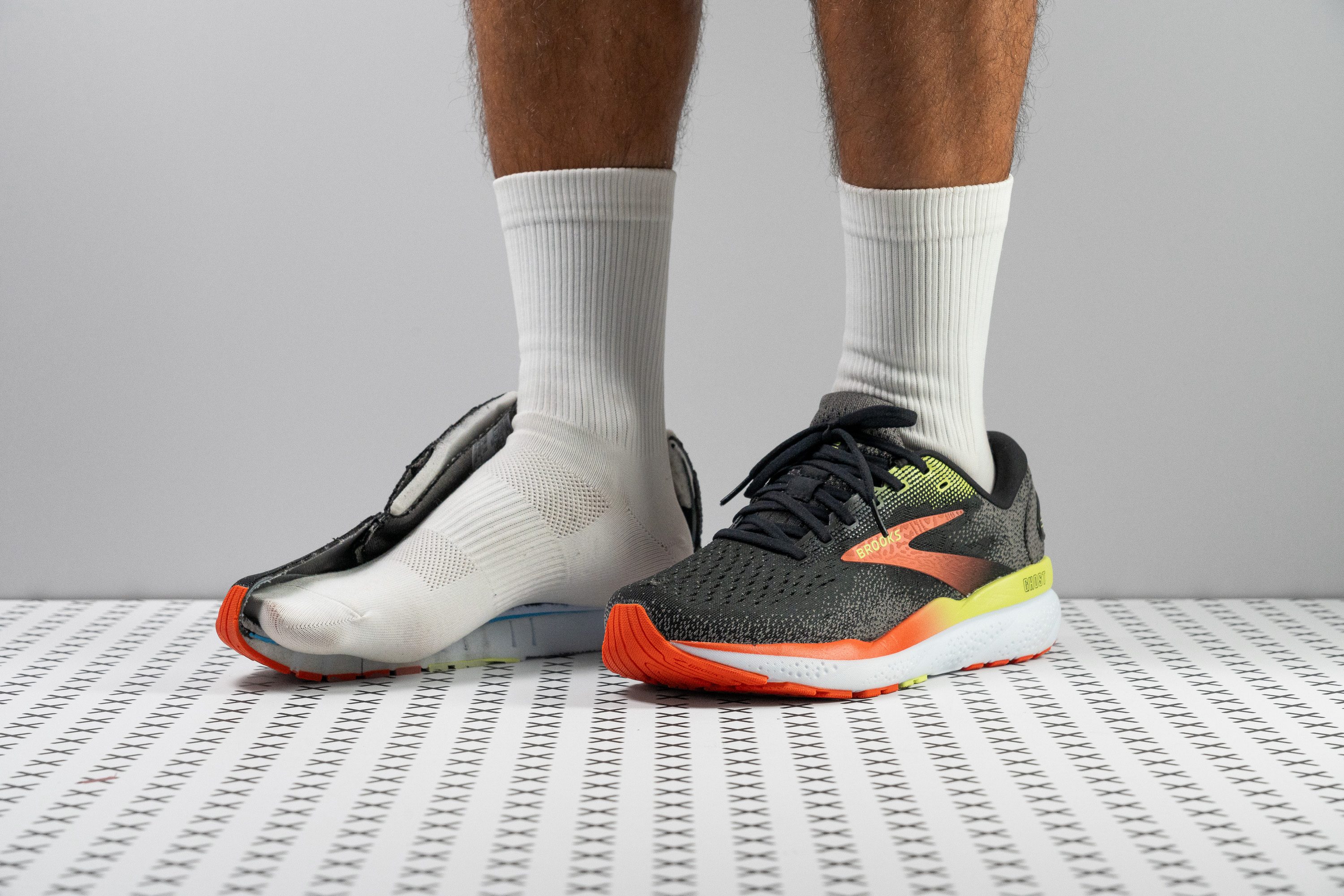
1. Brooks Ghost 14
Pros: Excellent cushioning, spacious toe box, highly breathable upper.
Cons: Slightly heavier than some competitors.
Real-World Experience: Many runners appreciate the Brooks Ghost 14 for its plush cushioning that allows for long runs without discomfort. One runner noted, “After switching to the Ghost 14, I finally felt relief from my plantar fasciitis, and the spacious toe box made it easy to fit my custom orthotics.”
2. Asics Gel-Kayano 28
Pros: Great stability and support, perfect for overpronators, high-quality Gel cushioning.
Cons: May require a break-in period.
Case Study: A runner who struggled with knee pain due to overpronation found solace in the Gel-Kayano 28. “The stability offered by these shoes is unmatched. I can finally run for miles without that nagging knee pain, thanks to the support they provide,” she said.
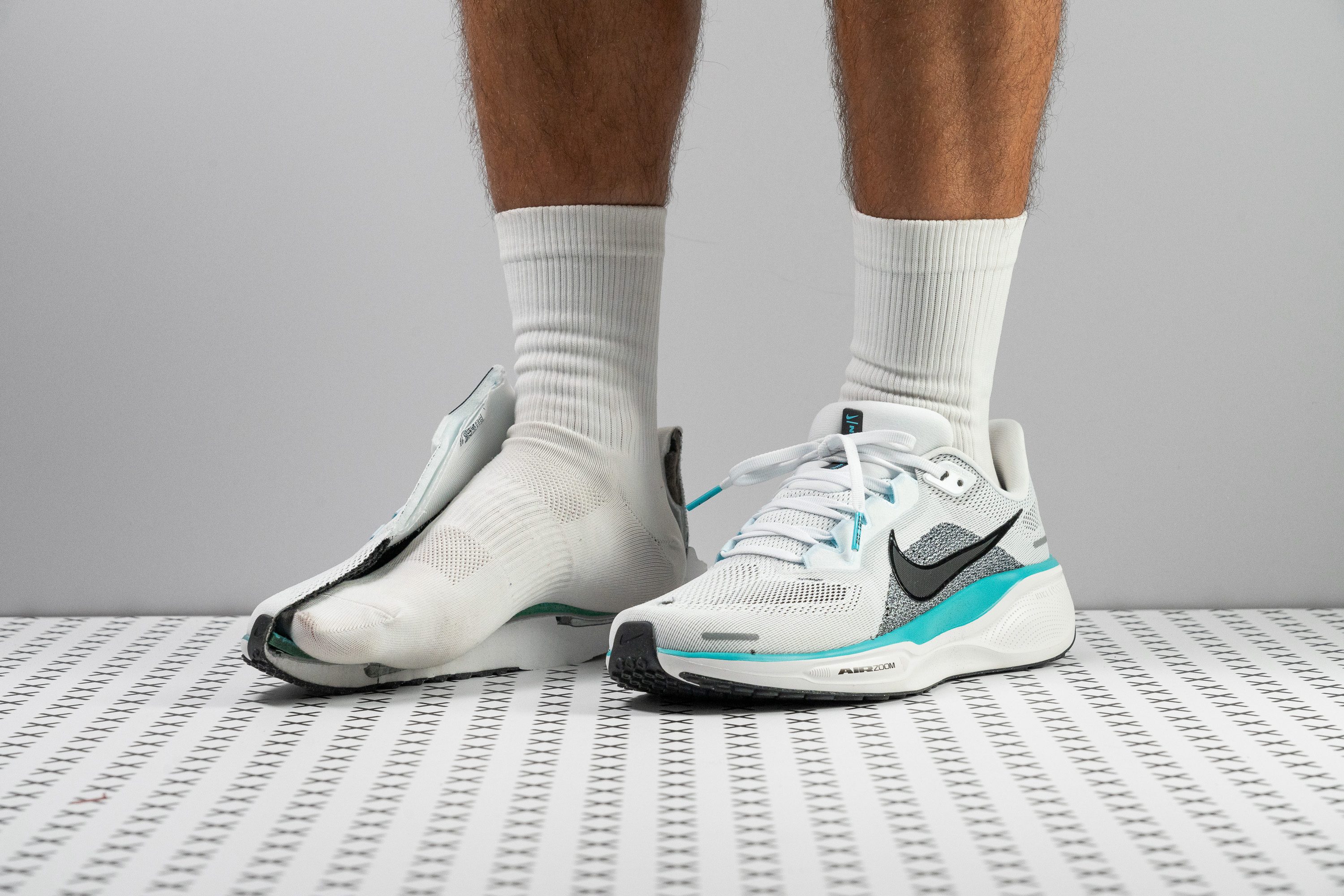
3. New Balance Fresh Foam 1080v11
Pros: Soft and responsive cushioning, excellent for high arches, lightweight design.
Cons: Pricey compared to other models.
Product Highlight: The Fresh Foam 1080v11 is designed with a breathable knit upper that provides a sock-like fit while allowing orthotics to sit comfortably. Many users rave about its supportive nature during longer runs.
4. Saucony Triumph 19
Pros: Great energy return, soft, plush feel, versatile for different terrains.
Cons: Midsole can wear out quickly.
User Testimonial: One user shared, “I love how the Triumph 19 feels underfoot. It’s like running on clouds! The cushioning is perfect, and my orthotics fit seamlessly.”
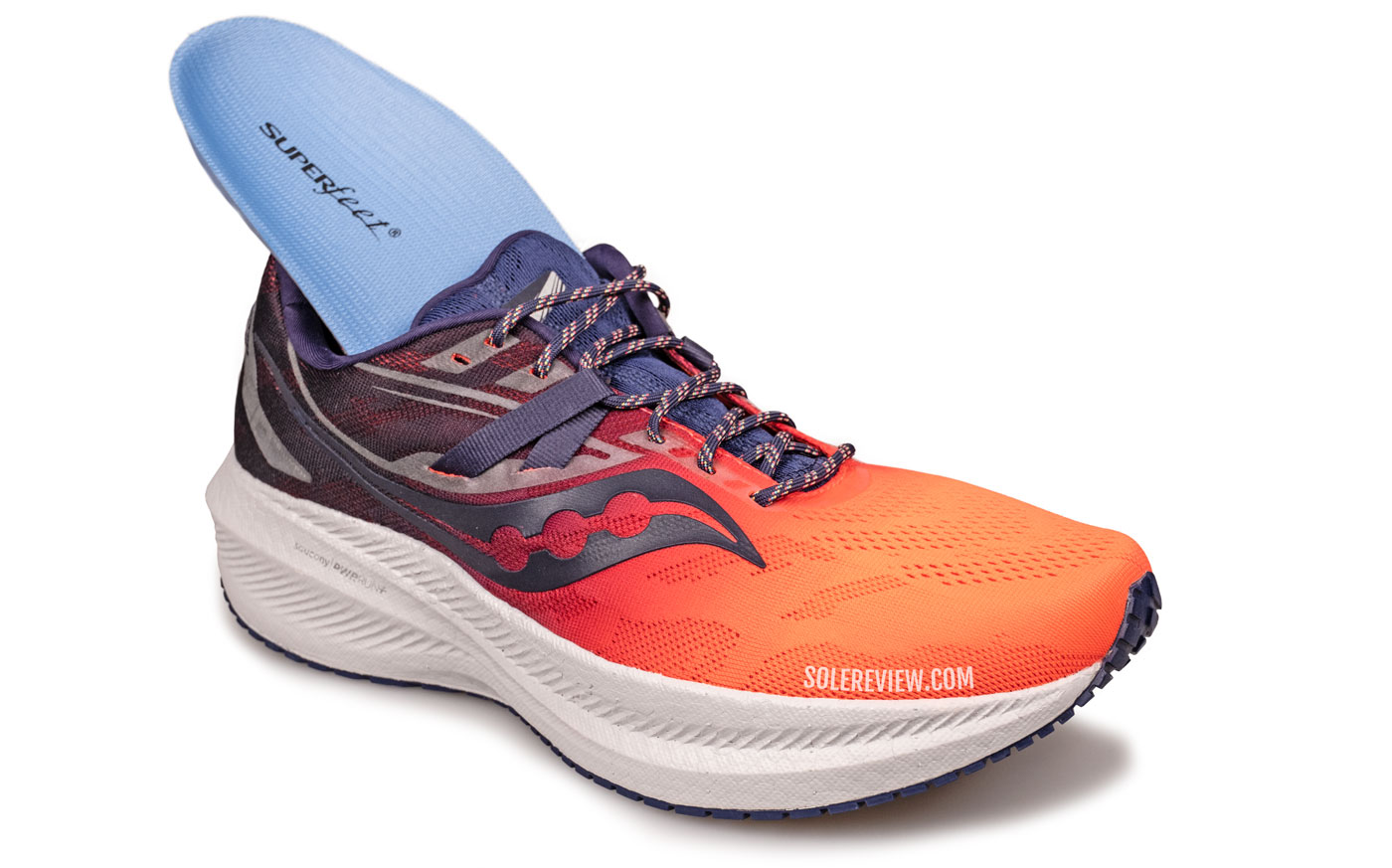
5. Hoka One One Bondi 7
Pros: Maximum cushioning, wide toe box for comfort, ideal for recovery runs.
Cons: Bulky appearance.
Runner Insight: A user recovering from an injury found the Bondi 7 to be a game-changer. “These are the most cushioned shoes I’ve ever worn. They helped me ease back into running without pain,” he shares.
6. Adidas Ultraboost 21
Pros: Responsive Boost cushioning, sleek design, versatile for everyday wear.
Cons: Limited arch support for some users.
Use Case: Many runners have found the Ultraboost 21 suitable for both running and casual outings. With its plush cushioning and stylish appearance, it’s a great all-rounder for those who use orthotics.
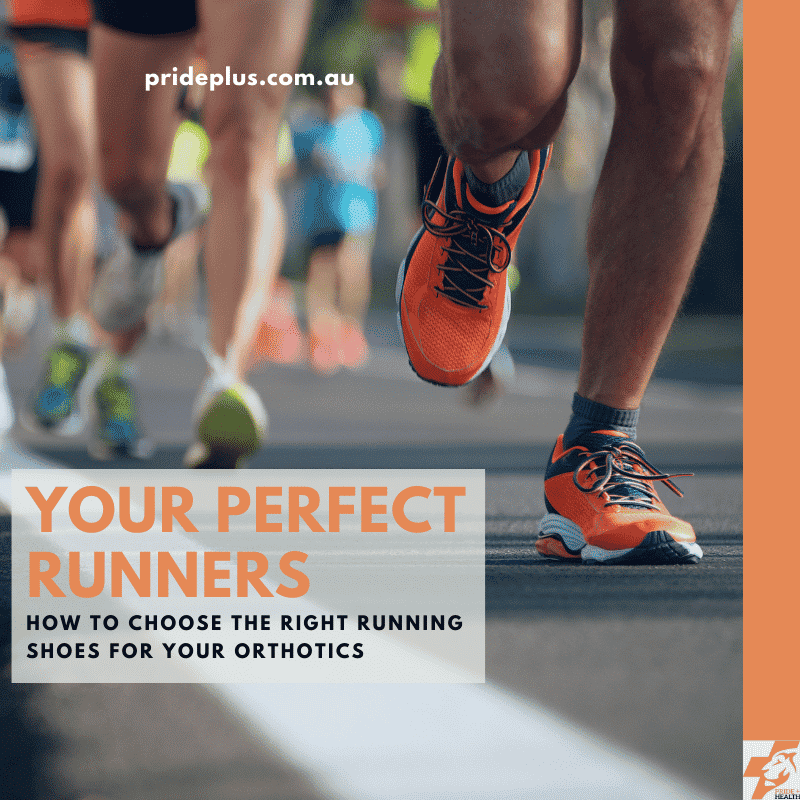
7. Nike Air Zoom Pegasus 38
Pros: Lightweight and breathable, versatile design, good for various foot types.
Cons: Some users find it less cushioned than competitors.
Consumer Feedback: A frequent runner stated, “The Pegasus 38 is my go-to for speedy runs. My orthotics fit well, and I love the lightweight feel.”
Comparison Table of Best Running Shoes for Orthotics
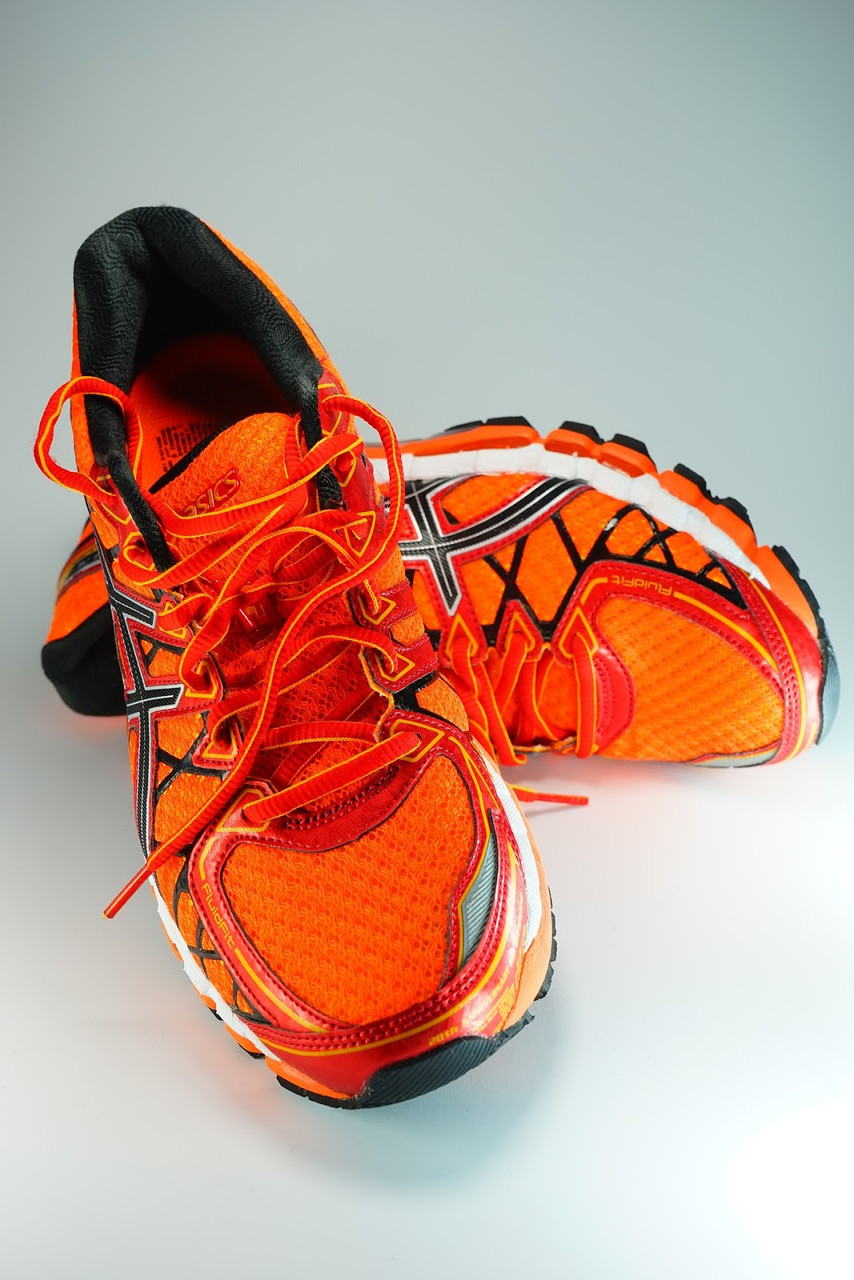
| Shoe Model | Weight | Cushioning Level | Support Type | Price Range |
|---|---|---|---|---|
| Brooks Ghost 14 | 10.6 oz | Medium | Neutral | $140 |
| Asics Gel-Kayano 28 | 10.5 oz | High | Stability | $160 |
| New Balance Fresh Foam 1080v11 | 8.8 oz | High | Neutral with Arch | $160 |
| Saucony Triumph 19 | 10.5 oz | High | Neutral | $150 |
| Hoka One One Bondi 7 | 10.7 oz | Maximum | Neutral | $160 |
| Adidas Ultraboost 21 | 10.2 oz | High | Neutral | $180 |
| Nike Air Zoom Pegasus 38 | 9.6 oz | Medium | Neutral | $120 |
Tips for Choosing the Right Running Shoes for Orthotics
1. Get Professionally Fitted
A professional fitting can ensure you’re choosing the right size and model for your foot type and orthotic needs.

2. Test Before You Buy
Try running in the shoes in store, if possible. Many retailers have treadmills or allow you to walk around to ensure the fit is right.
3. Consider Your Running Style
Think about where you run most often—on the road, trails, or tracks—and choose a shoe designed for that environment.
4. Motivate Yourself
A stylish pair of running shoes can serve as motivation. Choose a design you love to wear!
5. Don’t Rush
Take your time deciding. It’s better to invest in a pair you truly love rather than rushing into a purchase that doesn’t suit your needs.
FAQs About Running Shoes for Orthotics
Q1: Can I use any running shoe with orthotics?
A1: Not all shoes accommodate orthotics comfortably. Always look for shoes with enough space and support to ensure proper fit and function.
Q2: How do I know if I need orthotics?
A2: If you experience pain during or after running, it might be a sign that your feet need extra support. Consult with a healthcare professional for personalized advice.
Q3: How should I break in my new running shoes with orthotics?
A3: Gradually increase the distance you wear your new shoes, starting with short runs or walks. This helps your feet adjust to the new support.
Q4: What’s the lifespan of running shoes when using orthotics?
A4: Generally, running shoes last between 300-500 miles. However, if you’re using orthotics, keep an eye on their condition, as they can affect the shoe’s integrity.
Q5: Can orthotics be used in casual shoes?
A5: Yes! Many people use orthotics in their everyday footwear, but ensure there’s enough space for comfort.
Q6: What are the signs that I need to replace my running shoes?
A6: Look for worn-out treads, visible creases in the midsole, or discomfort during runs as indicators to replace your shoes.
Q7: How do I clean my running shoes?
A7: Remove the insoles and laces. Use a soft brush and mild soap with a damp cloth to clean the upper, then air dry away from direct sunlight.
Q8: Are there specific brands known for making shoes that work well with orthotics?
A8: Yes, brands like Brooks, Asics, New Balance, Saucony, Hoka, Adidas, and Nike are often recommended for their supportive structures.
Q9: Can I use my orthotics in multiple pairs of shoes?
A9: Absolutely! If you have several pairs of running shoes, you can switch your orthotics between them, provided they fit well.
Q10: Should I wear socks with my running shoes and orthotics?
A10: Yes, wearing moisture-wicking socks can help reduce friction and prevent blisters while wearing orthotics.
Q11: Are there any specific features to look for in shoes for diabetic runners needing orthotics?
A11: Diabetic runners should prioritize shoes with extra cushioning, a wide toe box, seamless interiors to prevent rubbing, and excellent moisture management.
Conclusion
Finding the perfect running shoes for orthotics can significantly enhance your running experience. With the right combination of support, cushioning, and breathability, you can hit the trails or pavement confidently and comfortably. By understanding your needs and exploring options like the Brooks Ghost 14, Asics Gel-Kayano 28, New Balance Fresh Foam 1080v11, and others, you’ll be well on your way to achieving your running goals.
Remember to consider professional fitting, comfort, and the unique features of your foot. Happy running, and may every mile be a joy!